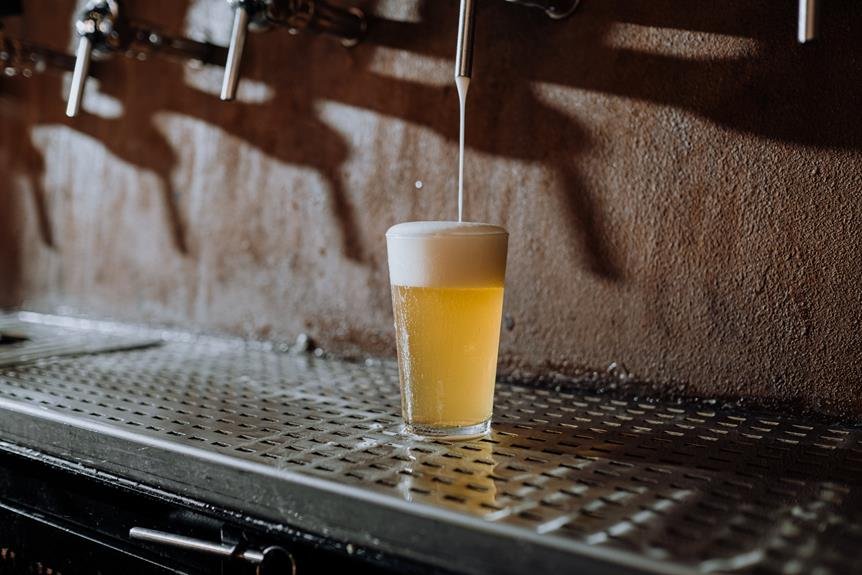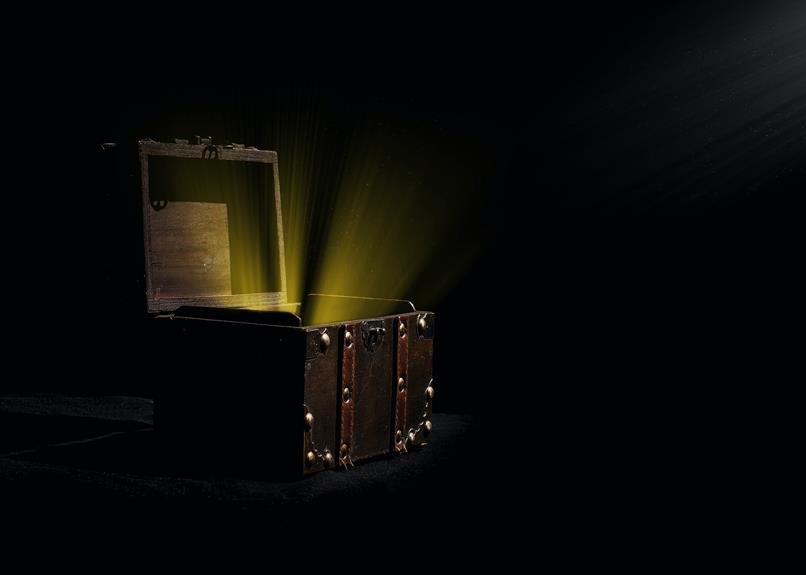Imagine being able to brew your own craft beer right in the comfort of your own home. Picture yourself holding a glass of your very own creation, enjoying the rich flavors and unique aromas that you meticulously crafted. Homebrewing kits offer you the opportunity to become the master brewer you've always dreamed of being. But where do you start? What equipment do you need? How do you ensure that your beer turns out just right? In this discussion, we will explore the world of homebrewing kits and delve into the tips and tricks that will help you create the perfect brew every time.
Benefits of Homebrewing Kits
When it comes to the world of craft beer, homebrewing kits offer an array of benefits that will elevate your brewing experience to new heights. The advantages of using a homebrewing kit are numerous, but perhaps the most notable is the convenience it provides. Gone are the days of searching high and low for specific ingredients or spending hours in specialized stores. With a homebrewing kit, everything you need is neatly packaged and ready to go, saving you both time and effort.
Not only does the convenience of a homebrewing kit make the brewing process more accessible, but it also ensures consistency in your beer. These kits are designed with precision, providing you with the perfect balance of ingredients and measurements. This means you can recreate your favorite beer styles time and time again, achieving the same great taste with every batch.
Furthermore, homebrewing kits allow for experimentation and creativity. While they provide the foundation for brewing, they also leave room for customization. You can add your own twist to the recipes, incorporating unique flavors and ingredients to create a beer that is truly one-of-a-kind. The possibilities are endless, and the satisfaction of crafting a beer that is tailored to your own taste is unparalleled.
Essential Equipment for Homebrewing
To embark on your homebrewing journey, you'll need a collection of essential equipment that will transform your kitchen into a craft beer laboratory. These tools will not only enable you to create your own unique brews but also help you develop your brewing techniques and troubleshoot common brewing issues.
First and foremost, you'll need a brewing kettle. This is where the magic happens, where you'll boil your malt, hops, and water to create the wort, the foundation of your beer. A 5-gallon stainless steel kettle is ideal for beginners, as it provides ample space for your ingredients and is easy to clean.
Next, you'll need a fermentation vessel. This could be a glass carboy or a plastic bucket with an airtight lid. This vessel will house your wort as it ferments and transforms into beer. An airlock is essential to allow gases to escape while preventing contaminants from entering.
You'll also need a hydrometer to measure the specific gravity of your beer at different stages of the brewing process. This will help you track fermentation progress and determine when your beer is ready for bottling.
Other essential equipment includes a siphoning tube, a racking cane, a bottling bucket with a spigot, and a bottle capper. These tools will assist you in transferring your beer between vessels, priming it with sugar for carbonation, and sealing it in bottles.
Step-by-Step Brewing Process
Now that you have gathered all the essential equipment for your homebrewing adventure, let's dive into the step-by-step brewing process that will turn your kitchen into a true craft beer haven. Brewing beer is an art form, and understanding the process is crucial to creating a delicious and high-quality brew.
First, you will need to sanitize all your equipment thoroughly. This step is vital to prevent any unwanted bacteria from contaminating your beer. Once everything is sanitized, you can begin the actual brewing process.
Next, you will need to steep or mash your grains to extract the sugars and flavors. This step is crucial in determining the taste and body of your beer. Afterward, you will bring the liquid to a boil and add hops for bitterness and aroma.
Once the boiling is complete, it's time for fermentation. This is where the magic happens. The yeast will convert the sugars into alcohol and carbon dioxide, giving your beer its unique character. It is essential to control the fermentation temperature to ensure optimal yeast activity and flavor development.
Lastly, you will need to bottle or keg your beer and let it carbonate. This process can take anywhere from a few days to a few weeks. Remember to be patient; good things come to those who wait.
Inevitably, mistakes can happen during the brewing process. Troubleshooting common brewing mistakes is part of the learning experience. Whether it's off-flavors, poor carbonation, or infection, there are ways to identify and rectify these issues. Researching, seeking advice from experienced brewers, and experimenting are all part of the journey to becoming a master homebrewer.
Tips for Achieving Great Tasting Beer
To create a truly exceptional brew, focus on these expert tips that will elevate your beer to new heights of flavor and complexity. Brewing your own beer is a labor of love, and by avoiding common mistakes and following some troubleshooting tips, you can ensure that your beer tastes amazing every time.
One common mistake that homebrewers make is not properly sanitizing their equipment. This can lead to off-flavors and spoilage in your beer. Make sure to thoroughly clean and sanitize all your equipment before each use to maintain the integrity of your brew.
Another mistake is not controlling fermentation temperature. Yeast is a sensitive organism, and if it gets too hot or too cold, it can produce off-flavors and aromas. Invest in a temperature-controlled fermentation chamber or find a cool, stable spot in your home to ferment your beer.
Troubleshooting tip: If your beer tastes too bitter, it could be due to over-hopping. Adjust the amount of hops you use in your recipe to achieve a more balanced flavor profile.
Lastly, don't rush the process. Patience is key when it comes to brewing great beer. Give your beer ample time to ferment and condition, allowing the flavors to develop and mellow.
Exploring Different Beer Styles
As you continue your journey into the world of homebrewing, it's time to embark on an exciting exploration of the vast array of beer styles that await your brewing expertise. Each beer style has its own unique characteristics, flavors, and aromas, making the journey of discovery even more exhilarating.
One fascinating aspect of beer styles is the art of barrel aging. This process involves aging beer in wooden barrels, typically made from oak, which imparts distinct flavors and aromas to the brew. Barrel aging adds depth, complexity, and a touch of sophistication to the final product, making it a favorite among craft beer enthusiasts.
When exploring different beer styles, it's essential to pay attention to beer tasting notes. These notes serve as a guide to understanding the flavors and aromas present in each style. From the malty sweetness of a Belgian Dubbel to the hoppy bitterness of an American IPA, beer tasting notes help you appreciate the nuances and intricacies of each brew.
As you dive into the world of homebrewing, take the time to try different beer styles and experiment with various ingredients to create unique flavor profiles. The possibilities are endless, and with each batch, you'll grow more knowledgeable and skilled. So, grab your homebrewing kit, let your creativity flow, and embark on this exciting journey of exploring different beer styles. Cheers to the craft beer aficionado in you!
Conclusion
In conclusion, homebrewing kits offer the craft beer aficionado the opportunity to create their own unique and flavorful brews. With the essential equipment and a step-by-step brewing process, you can embark on a journey of creativity and experimentation. By following our tips for achieving great tasting beer and exploring different beer styles, you can truly elevate your homebrewing game. So, why not dive into the world of homebrewing and let your inner artist and beer enthusiast shine? Cheers to the endless possibilities!

